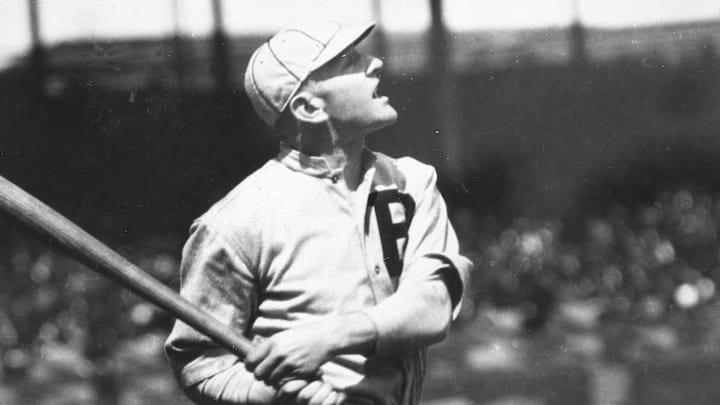Eppa Rixey
One of the most anonymous Phillies Hall of Famers, Eppa Rixey actually had a really good run with the Phillies that most people are completely unaware of.
Rixey pitched for the Phils from 1912 through 1920, except for missing the entire 1918 campaign due to military service. He put up an impressive 2.83 ERA over 252 games pitched (197 starts) in Philadelphia; however, he pitched for a number of lousy teams, which left his Phillies record at an uninspiring 87-103. He even led the National League in losses in 1920 (22) and all of baseball in defeats in 1917 (21). Rixey did get to pitch in the Phillies’ first-ever World Series, taking the loss in the final game of the Phils’ 5-game defeat to the Red Sox in the 1915 Fall Classic.
His career seemed stuck in neutral for the Phillies, but a trade to Cincinnati after the 1920 season jumpstarted things for Rixey and sent him down his Hall of Fame path. As a mainstay in the Reds’ rotation for a decade, he’d win 179 games for them to boost his career total to 266 victories to go along with a 3.15 career ERA. Rixey would gain entry into the Hall of Fame in 1963, 30 years after his last game. Sadly, he died between the time of his election and the induction ceremony.
Curiously, when the Phillies traded Rixey to the Reds, one of the two players that they received in return ended up becoming a Hall of Famer as well, just not in baseball. The man in question? That would be Alfred Earle “Greasy” Neale, the man who would go on to coach the Philadelphia Eagles to back-to-back NFL championships in 1948 and 1949.
Good luck to the former Phillies currently on the ballot as the franchise looks to add to its all-time total of Hall of Famers.
